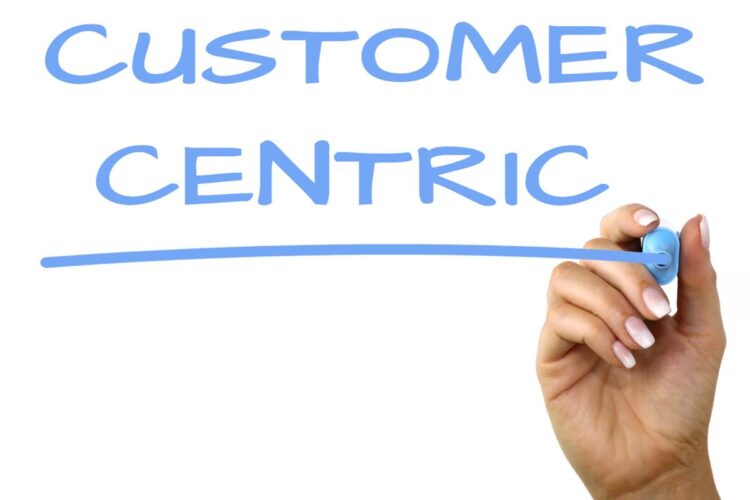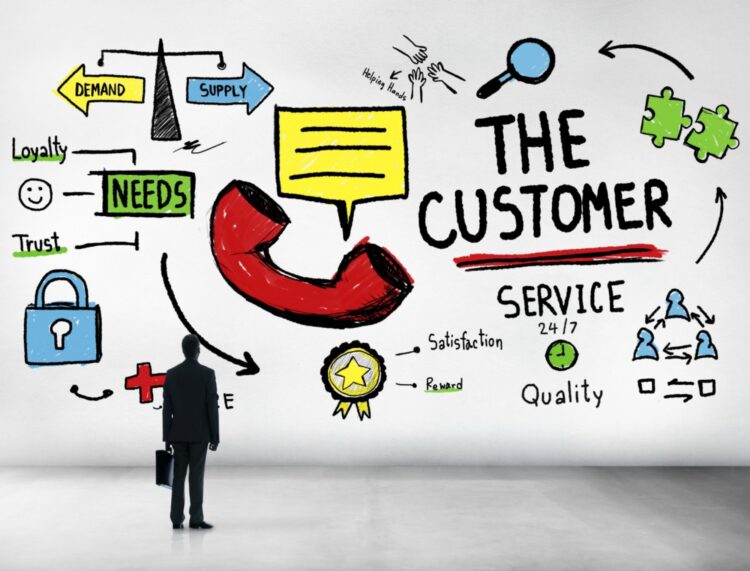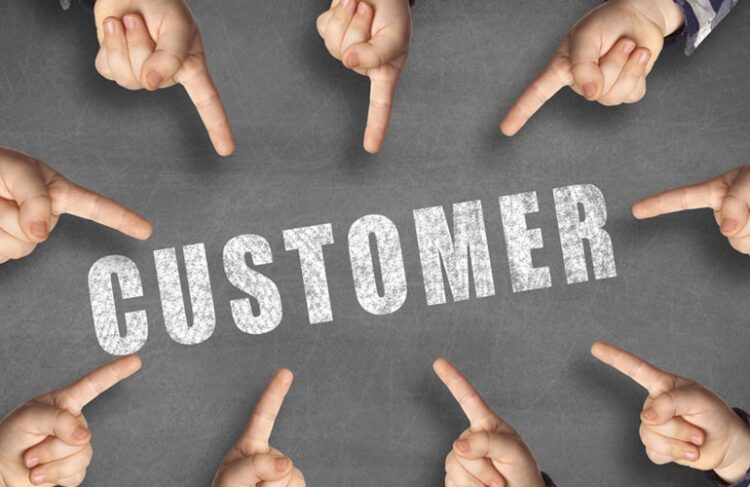Today we know that the way we do business can be customer-centric if we want a positive pre-and post-sale experience. This approach builds customer loyalty, drives repeat sales, and improves your reputation. It means income.
The Statista website cites data from which 40 percent of customers in the United States said they stopped doing business with the company because of poor customer service.
These are impressive numbers, and in the world of big business, you cannot lose that part of your customers – otherwise, you will not have any business left.
Regardless of whether you are shipping wood on an industrial scale or developing software testing outsourcing in the modern world, it would help if you were customer-oriented.
A customer-oriented company is not just about good service.
Both Amazon, Zappos, and MLSDev are good examples of customer-centric brands and have spent years building a culture around customers and their needs. Their commitment to creating value for customers is genuine. Zappos is even ready to fire employees if they don’t fit into their customer-centric culture!
Page Contents
What is customer-centric?

Source: business2community.com
Customer focus (also known as customer focus) is a business strategy that puts the customer first to provide a positive experience and long-term relationships.
When you put the customer at the center of your business and combine it with customer relationship management (CRM), you collect a massive amount of data that gives you a complete picture of the customer. You can use this data to improve the customer experience.
How can you improve the quality of customer service based on their data?

Source: thedigitaltransformationpeople.com
- You can use customer data to understand customer interests, engagement, and pain points.
- You can find opportunities to create products, services, and promotions for your best clients.
- You can use customer value to divide customers based on who is spending the most.
- Companies that focus on their customers can deliver positive customer experiences throughout their journey. To achieve this, companies must undergo significant changes in the structure and culture of their organization.
What is the difference between Product Orientation and Customer Orientation?

Source: zendesk.com
When you are product-oriented, you care about product excellence – a more research and technology-driven approach.
In contrast, the customer-centric company focuses on diagnosing business problems and delivers value through customized solutions. It is an outside-in approach based on an innovative service delivery experience to meet clients’ emotional needs. The main goal of this approach is to create a long-term relationship with your client.
Thus, in terms of strategy, customer focus implies a customer-driven push-out approach rather than a sales-driven push-out approach.
What happens if you put your customer first?

Source: alarisprime.blog
The answer may be shockingly simple – you will gain a competitive advantage. Yes, in a market where hundreds of similar products and services stand out, it’s hard to compete, and it’s hard to be better. But if you have excellent service and high customer focus, you will win the market!
Those who better understand customer needs and concerns will gain a competitive advantage.
What are the challenges of a customer-centric approach?

Source: acquire.io
This approach requires listening, responding, and engaging customers, especially early on. Monetizing any effort towards a customer experience too early can lead to a premature end of the customer experience. Companies cannot bundle all customers into one complex segment and have overarching communication, engagement, sales, and CRM strategy.
Customer value is a significant and vital indicator of business sustainability. By focusing on the cost of attracting and retaining customers and concentrating on upselling and cross-selling for them, you can increase revenue and customer retention at an optimal price.
Forbes writes that prioritizing customer service across departments, teams, and employees don’t happen overnight. But when done right, companies can deliver unique customer experiences, build brand loyalty, and grow their businesses.
Social media marketing (and social media sales) has changed the way customers interact with brands.
Today, if a brand is provided on social networks, it is more trusted, it can be found out about it in reviews and posts, it looks closer to the people.
Social media now is one of many digital channels that are changing the relationship between businesses and customers.
You need to keep in mind that customer focus starts with what they need and how they want to interact with your business, not your products, features, or revenue model.
Four tips for becoming a customer-centric company

Source: oleoshop.com
By becoming a customer-focused business, you can anticipate customer needs and delight customers with products and services.
A customer-centric brand creates products, processes, a kind of culture designed to support customers from initial discovery to purchase and beyond.
To achieve greater customer focus:
- Hire those who are willing to work for the client. Employees are the primary workforce that will shape many aspects of customer interactions. Regardless of the position, your employee must have a customer-oriented mindset.
- Attitude is the most important thing. Your client is not only a number or an income line. He is human, and you will greatly benefit when you form a mutually beneficial relationship together.
- Create the best customer experience. A CRM database can help you better understand customers to provide a united front that delivers the best customer experience.
- Link corporate culture to customer results. Employees will be motivated by a customer focus strategy where actions can be linked to outcomes. For example, you can capture plans to reduce customer wait times or facilitate customer transitions in real-time to highlight the successful implementation of the system.
Conclusion
Much of customer focus is about meeting the customers’ business needs before they have time to think about someone else who can satisfy them. Agility and flexibility can become anchors in the product development process with a robust in-app messaging strategy and usage analytics.





